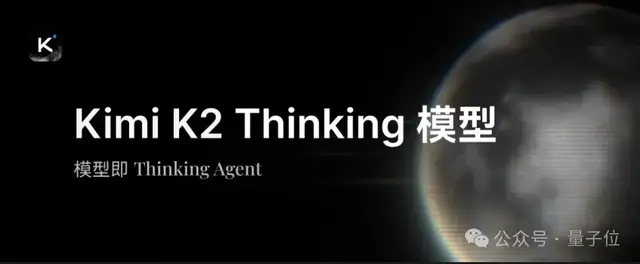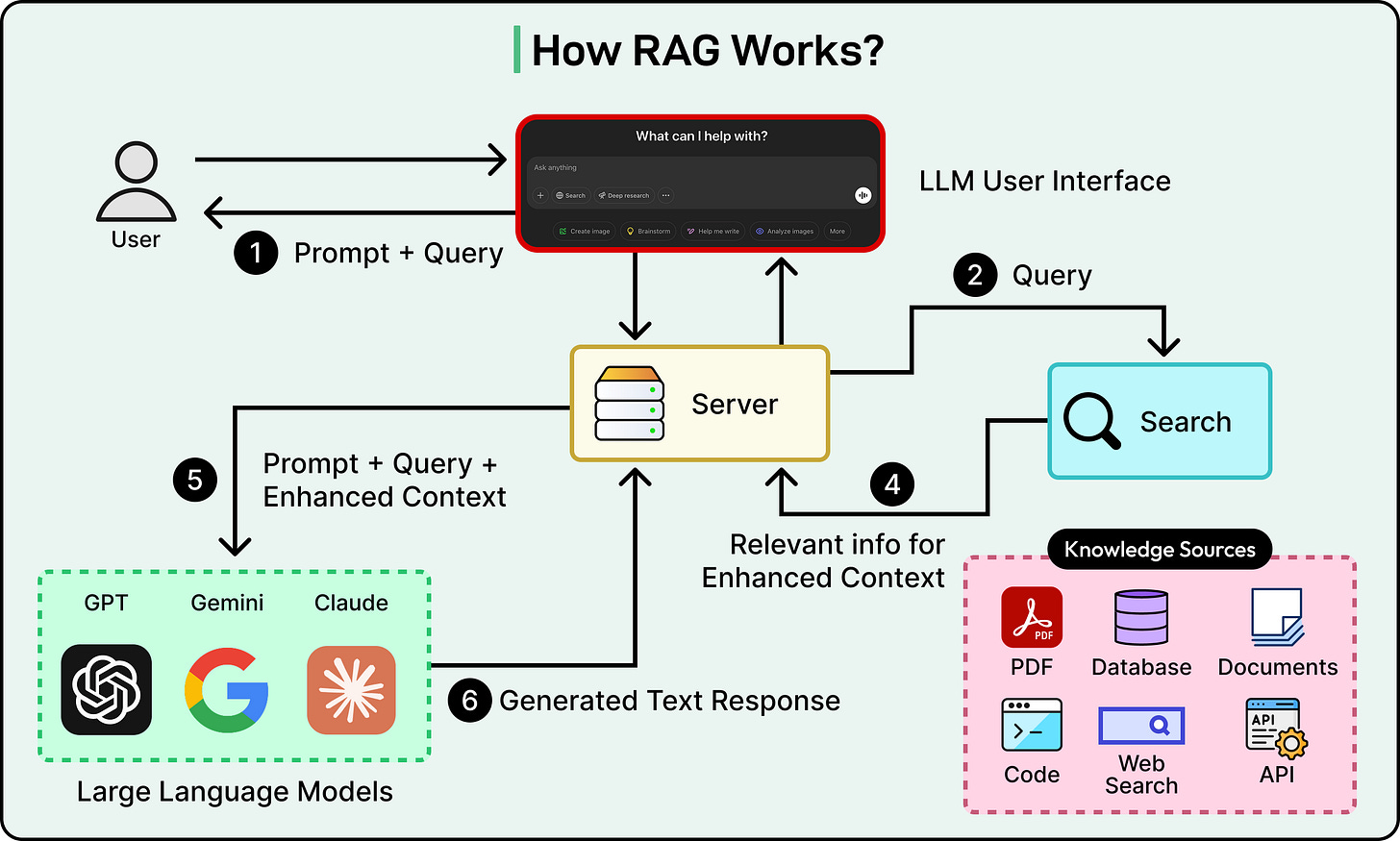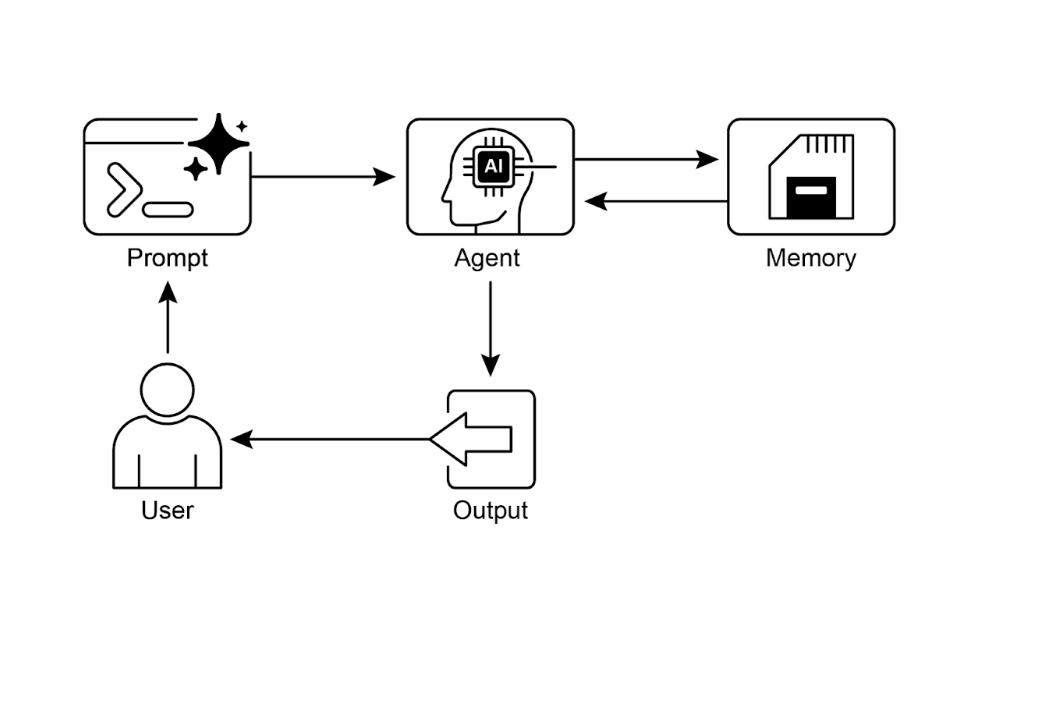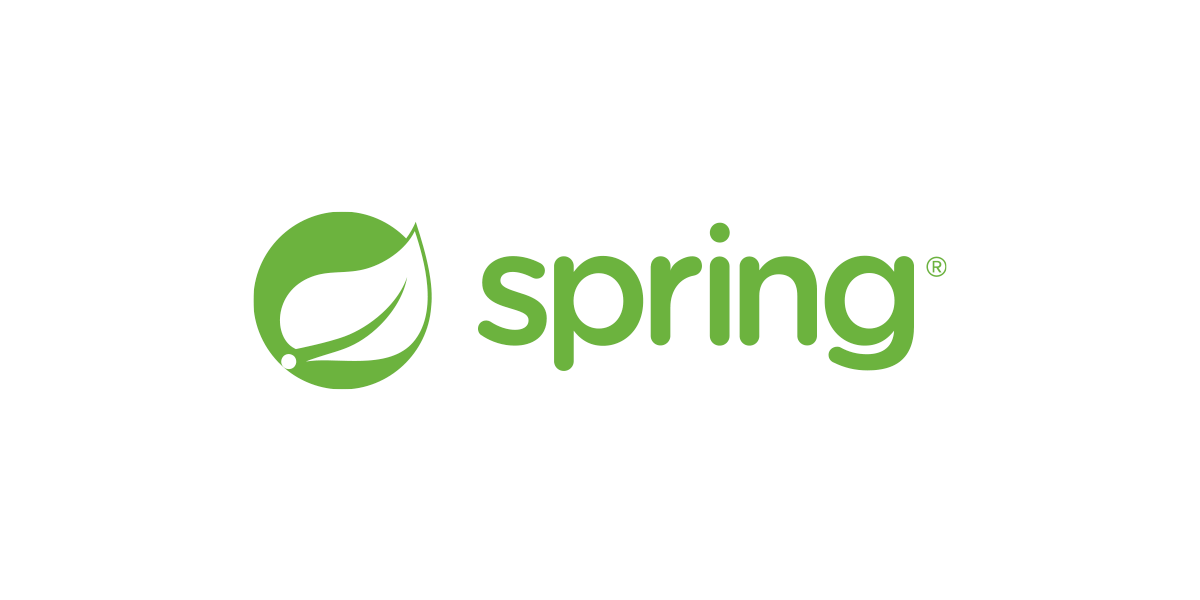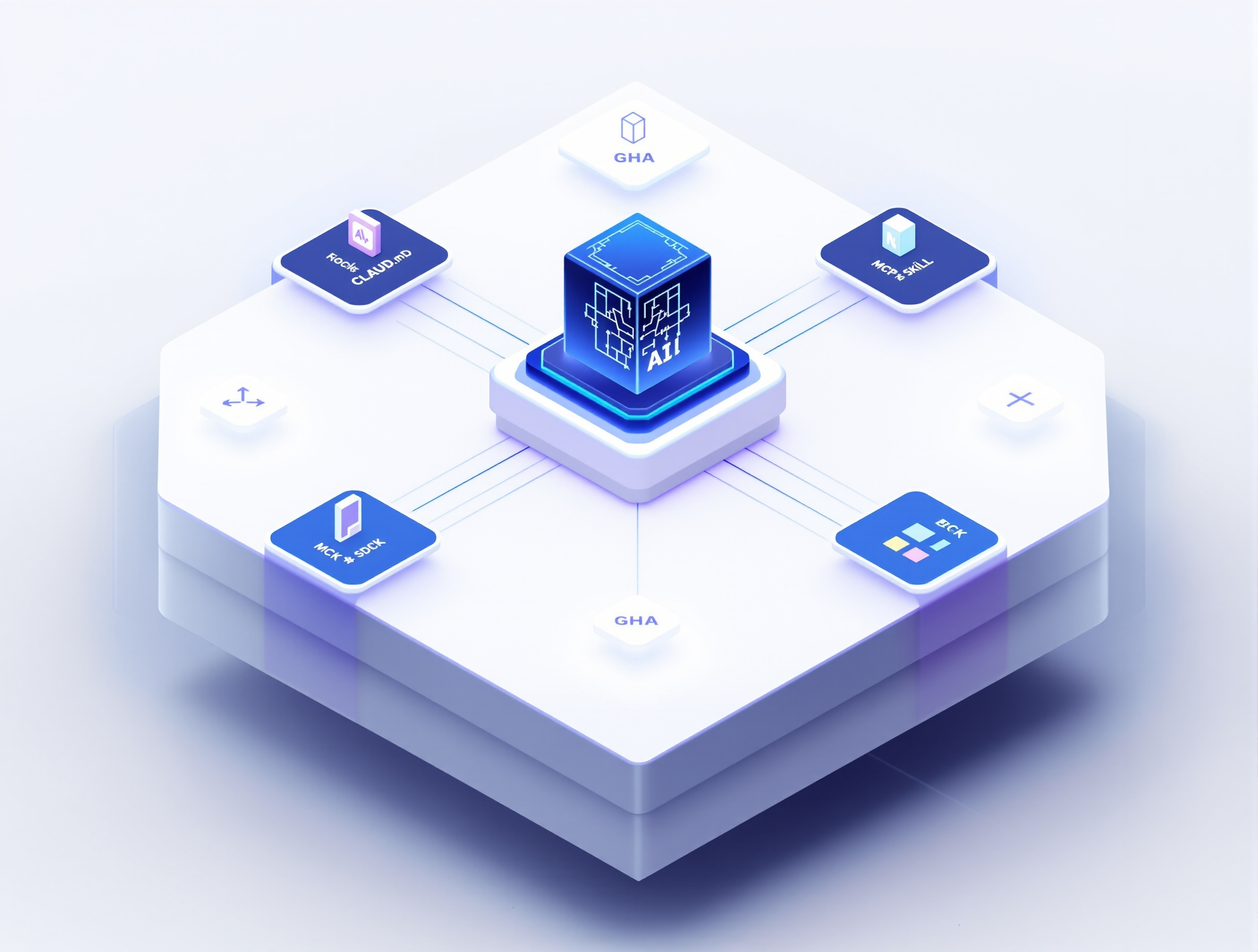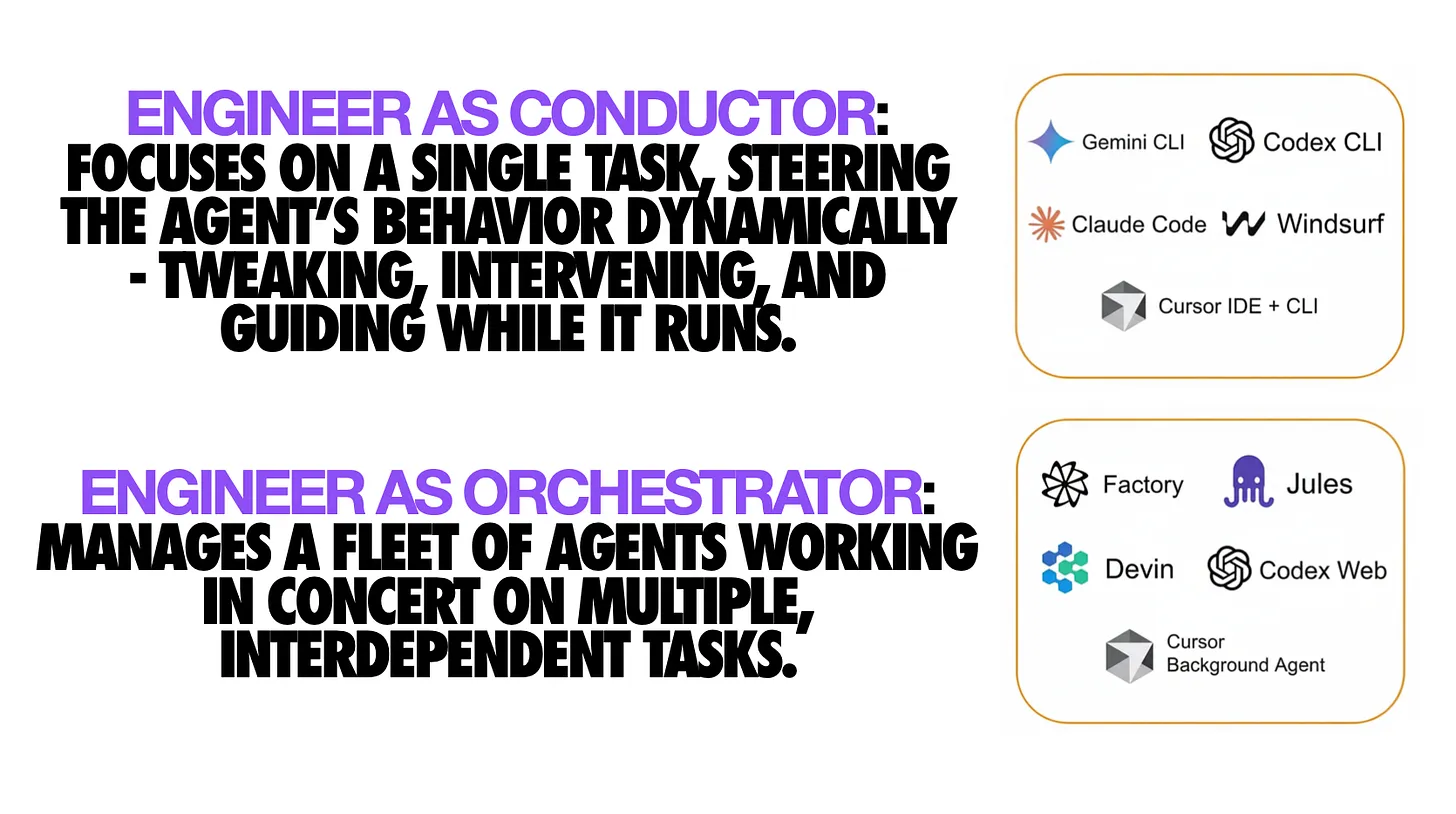Hello everyone! Welcome to Issue 71 of the BestBlogs.dev AI selections. The spotlight this week is undeniably on AI Agents . From the underlying models being redesigned as agents (like Kimi K2 ) and developers pushing tools like Claude Code to their limits, to deep dives on frameworks (like LangGraph and Spring AI ) and founders analyzing the real-world challenges of deployment and business models, we are fully immersed in the wave of Agentic AI.
🚀 Model & Research Highlights:
🧐 Moonshot AI has released its open-source model, Kimi K2 Thinking . Built on a "model-as-agent" philosophy, it can execute 200-300 tool calls without human intervention and surpasses GPT-5 on several benchmarks.
⚔️ MiniMax and Kimi are clashing over attention mechanisms. MiniMax M2 is returning to Full Attention, while Kimi Linear , with its hybrid KDA and MLA architecture, claims to be the first to comprehensively outperform Full Attention.
🛠️ Development & Tooling Deep Dive:
⚙️ A new "code execution" paradigm is proposed to solve the token efficiency challenges AI Agents face with MCP , treating the server as a "code API" to potentially slash token consumption by 98.7%.
📝 Alibaba Tech shares 10 practical lessons from building their "Yun Xiao'er Aivis " multi-agent, focusing on context engineering and architecture to ensure agents behave as expected.
🔍 A deep dive into how Perplexity built its "AI Google," detailing its sophisticated RAG pipeline, model-agnostic orchestration layer, and use of Vespa AI for hybrid search.
🔄 An in-depth analysis of the ReAct paradigm (Reason, Act, Observe, Adjust) for solving complex tasks, combined with a real-world case study using the LangGraph framework to generate PPT outlines.
👀 Learn how to use the Chrome DevTools MCP to give AI coding assistants "eyes" in the browser, allowing them to diagnose and fix DOM, styling, and performance issues directly.
🧠 The author translates the "Memory Management" chapter from Agentic Design Patterns, detailing the dual-layer memory architecture (short-term context and long-term knowledge) required for agents and its implementation in ADK and LangChain .
🔄 Spring AI 1.1.0-M4 introduces new Recursive Advisors, a feature that enables advisor chains to loop multiple times, supporting sequential tool calls, output validation, and autonomous agent loops.
📘 A Claude Code power user shares extensive hands-on experience and tips for nearly every feature, including CLAUDE.md, sub-agents (recommending a "Trunk-Clone" architecture), Skills , MCP , and the SDK.
💪 A developer recounts their 6-month "crunch" to refactor a massive microservice project with Claude Code (growing to 300k+ lines of code) and the "Skills Auto-Activation System" they built to overcome AI limitations.
🧑🎨 An exploration of the evolving role of software engineers in the AI era, arguing for a shift from being a "Conductor" of code to an "Orchestrator" of AI agent teams.
💡 Product & Design Insights:
📈 A 20-year-old college student's multi-agent public opinion analysis tool, "BettaFish ," hit #1 on GitHub Trending, serving as a prime example of individual innovation in the AI era.
⚖️ An analysis of the evolution of LLM evaluation, moving from failing traditional benchmarks to the rise of dynamic, head-to-head platforms like LMArena , and the fairness crises they now face.
🚀 Canva founder Melanie Perkins shares her entrepreneurial journey, emphasizing her "Column B" thinking (envisioning a huge dream and working backward) and her "two-step plan" to balance business success with social impact.
📊 The Gemini App has launched a presentation generation feature. This guide details how to use it, export seamlessly to Google Slides, and provides four advanced prompt templates for different visual styles.
🏭 A survey of AI Agent founders reveals that the biggest barriers to enterprise adoption are no longer technical, but rather workflow integration, human-computer interface, employee resistance, and data privacy.
🎶 An exploration of how AI music tools like Suno V5 are sparking a "renaissance" on platforms like Bilibili, as the low technical barrier allows creators to focus once again on pure creativity and expression.
📰 News & Industry Outlook:
📑 Stanford's "2025 AI Index Report," led by Dr. Fei-Fei Li, finds that industry now dominates AI research, open-source model performance is closing in on proprietary models, and global focus on responsible AI has surged.
🔮 A 170-page presentation provides a deep analysis of the 2025 AI industry, covering technology (multimodality, agents), products (OpenAI 's "all-in-one" vision), capital (NVIDIA 's massive investments), and the bubble.
🤝 OpenAI CEO Sam Altman and Microsoft CEO Satya Nadella discuss their unique partnership, the inside story on the multi-billion dollar investment, AGI, compute bottlenecks, and the complete reshaping of business models.
🌐 a16z partners Marc Andreessen and Ben Horowitz discuss the state of AI, dismissing the "bubble" talk and warning that the West's dominance in "embodied intelligence" is threatened by its deindustrialization.
🗣️ The CEO of ElevenLabs explains why voice is the next major AI interface and shares his company's unique strategies, including rapid product shipping, a remote-first global hiring policy, and a "no-title" culture.
💰 A CB Insights report on the AI Agent landscape finds that programming agents generate the most revenue, while customer service agents command the highest valuation multiples, with high inference costs challenging all business models.
Thanks for reading! We hope these selections provide you with fresh insights.
